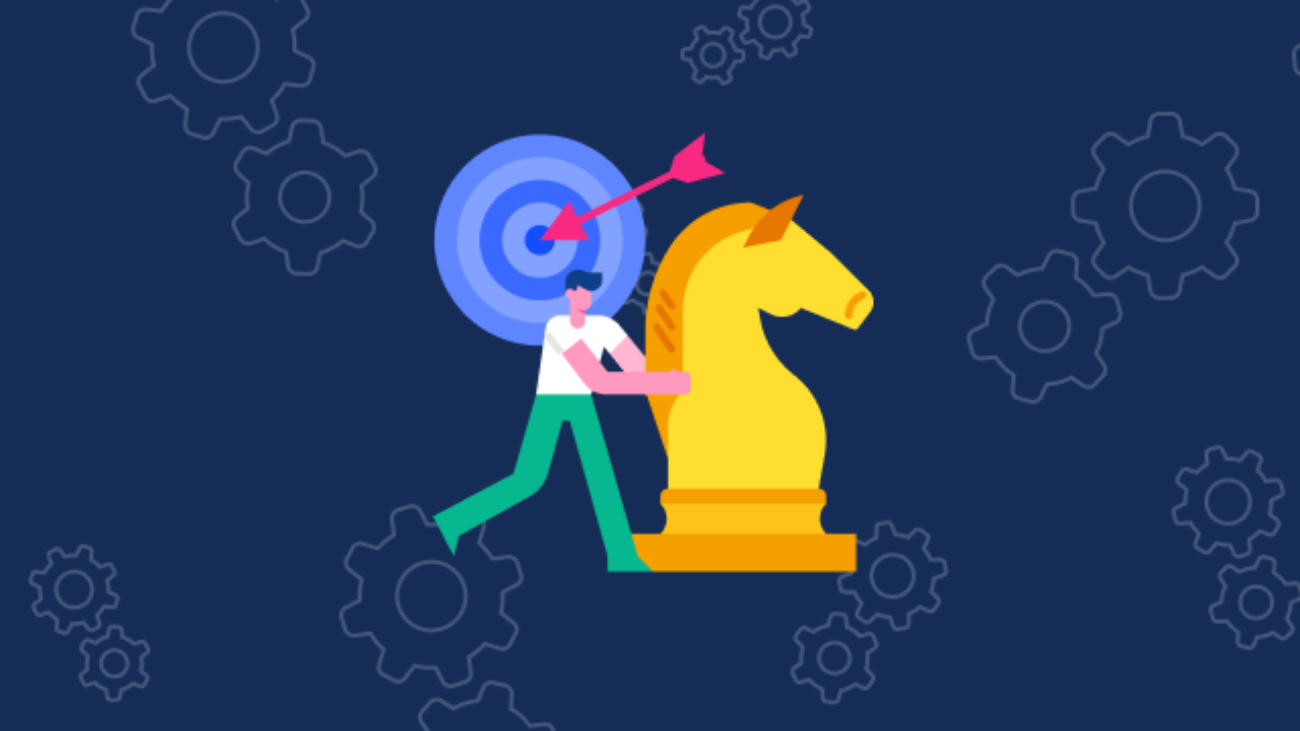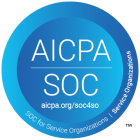Did you know that investors have found that product-led companies are twice as likely to grow fast than other models?
A June study published by TechCrunch discovered that product-led growth models are “2x more likely to grow quickly than sales-led” growth models. To tap into this rapid growth opportunity, you’ll want to know how to transform your current growth model to follow product-led growth. Today we’ll show you how it’s done.
_
Understand your user journeys
First, you’ll need to understand the path your users take through your product. Data that tracks the user journey through your product is essential here.
By tracking user data, you are observing user interaction with your product. This gives you a clear oversight into a user’s path, what went well and what may have triggered difficulty. With this oversight, you can start honing in on improvements.
Major companies such as Tesla gather user data to hone in on the “product experience” of their brand. By collecting feedback, Tesla ensures that it engages with real users to constantly improve the product experience. Tesla has been credited with “transforming car buying” into an ongoing experience rather than a one-off purchase.
Create product experiences that push time-to-value
Now that you’ve got a clear idea of the customer’s path, you’ll want to cut down the obstacles a customer faces using your product. Customers essentially search for a quick problem-solving solution when shopping for products. By trimming down obstacles, you can invest in the speed at which your product solves your customer’s problem.
This rate of problem-solving speed is called “time to value”. When you reduce the obstacles a product user faces to reach their ideal solution, you accelerate the time-to-value ratio. Creating product experiences that push this speedy solution arrival time is an essential part of driving home a PLG model.
User Guiding blog summarized PLG as the growth model where the product is the core of the business, and customers are the core of understanding the product. Customer experience and engagement steer data gathering to build a stronger core.
Steer users to natural conversions with value
PLG modeling focuses on honing and empowering customer-to-product relationships. Steer users to conversions by letting them understand the true value of your product on their own. A free product with many key value features entices the user to experience the product further. This leads to a natural conversion to a higher value tier within your product.
But while many companies have adopted this model and do let their users take the product for a ride before they buy it, they still treat the conversion stage as “one size fits all”, instead of following the actual user journey their users go through and offer them to purchase a plan only once they hit an actual milestone and are ready to make the purchase.
Introduce new features based on customer usage
As you steer natural conversions through value, you will want to gradually work in new features and experiences. Using user data to hone this usage-based feature building guarantees that you are adding features customers are eager for, based on their needs.
UserGuiding blog explains user data led feature adding works because the data “comes up” with new features based on user behavior, and conveys to the user their needs and expectations.
Base pricing around customer needs
In order to become a full-fledged PLG model, you need to scale into flexible pricing packages that allow customers to subscribe according to their preferences. With flexible pricing, customers don’t feel pressured into making time-based commitments, and they can choose the plan that fits their needs the most.
Because PLG needs to deliver value and customer experience instantly, breaking down hesitation barriers is key to unblocking the user pathway to conversion.
Strategize the upsell
PLG experts advise strategizing the upsell after the product has delivered value. Users with access to a demo product already have experience with your product. A PLG company needs to base upselling on features that stand out as added value on top of the current experience.
By focusing on delivering experience-driven products, PLG models break down barriers to monetization. When the time comes for a paid version, the user knows the current product value and is more willing to pay for added value.
Overview
These steps are starting places. While product-led growth is easy to implement, there are also many intricate parts that make up a successful PLG growth model. These steps can set you up with an efficient PLG growth model to build from.
Want to learn more? Follow our team of PLG visionaries at Coho for more insights or contact us.



